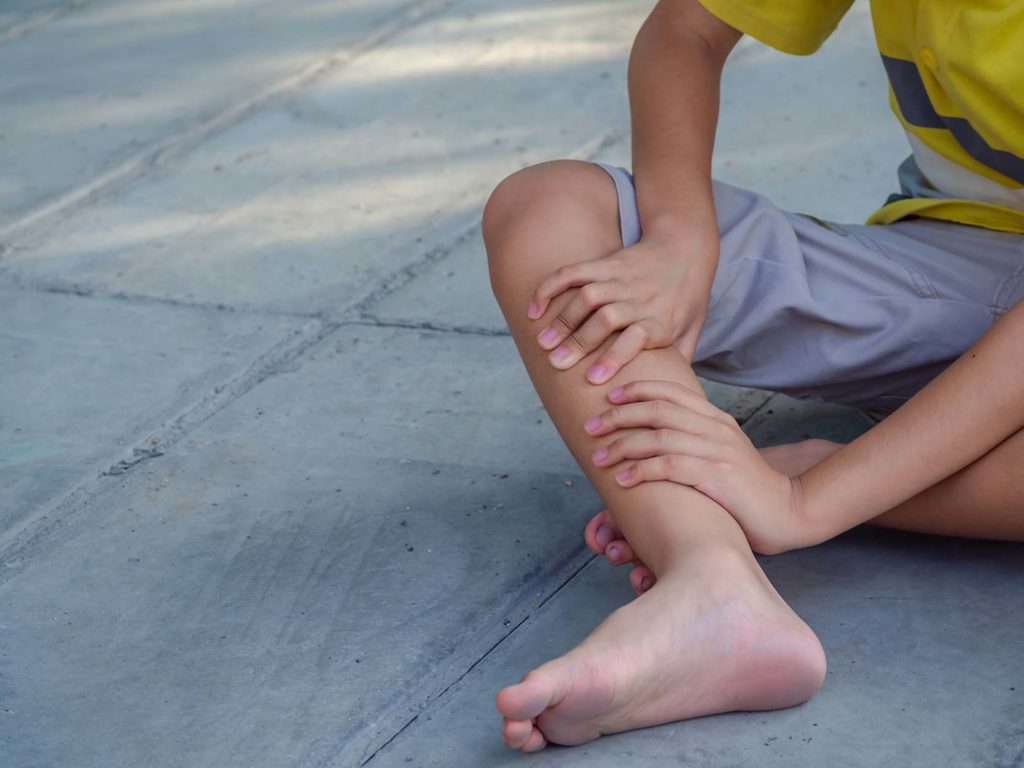A bone fracture is a medical condition in which a bone is cracked or broken. If too much pressure is put on a bone than it can stand, it will split or break. If the broken bone pokes through the skin, it is called an open or compound fracture. In children, incomplete fractures are frequent, in which the bones bend or buckle instead of break. The most common bone fractures affect long bones (such as humerus, ulna, radius, femur, tibia and fibula).
How to know if a bone is broken?
Sometimes it is hard to tell a dislocated joint from a bone fracture, but generally you can recognize different signs of a broken bone:
- An out-of-place, deformed or misshapen limb or joint
- Swelling, sometimes bleeding
- Bruising, warmth or redness
- Severe pain
- Tingling and numbness
- Broken skin with bone protruding
- Limited mobility or inability to move the limb.
What are the most common causes of a bone fracture?
The most common causes of a bone fracture are falls, injuries or accidents.
Fractures are very common in childhood, as children play games and sports, jump, ride bicycles, run down the stairs, and so on. But some children have an inherited condition called osteogenesis imperfecta that makes their bones more fragile and susceptible to breaking. Also, neuromuscular disorders, renal diseases, diabetes and growth hormone deficiency may raise the risk of bone fracture in children.
How do I know when my child is in pain?
Your child may self-report pain, or you can observe it through her/his behavior. Signs of pain include persistent crying, the inability to move or bear weight on the affected limb, fainting, and unconsciousness. In all cases, try to reassure your child and keep her/him still and calm. If you suspect a fracture seek medical help immediately.
Who can help us in case of bone fracture?
Seek medical care right away if you suspect your child has a broken bone.
If you believe your child has injured his/her head, neck or back, keep your child lying down until medical help arrives. Don’t allow your child to eat anything in case surgery is needed.
If the injury is to a limb, you can apply a cold compress or an ice-pack wrapped in cloth. Do not apply ice directly on the skin. If you’re dealing with a limb injury, leave the injured limb in the position you find it. It can be necessary to cut clothing off with scissors to prevent your child from having more unnecessary pain. You can place a soft padding around the injured part, and something firm (e.g. a board or rolled-up newspapers) next to the injured part, and long enough to go past the joints and below the injury. Fix it loosely with first-aid tape or wraparound bandage until medical care arrives. Again, don’t allow your child to eat anything in case surgery is needed.
 Share on facebook
Share on facebook
 Share on twitter
Share on twitter
 Share on linkedin
Share on linkedin
 Share on email
Share on email

